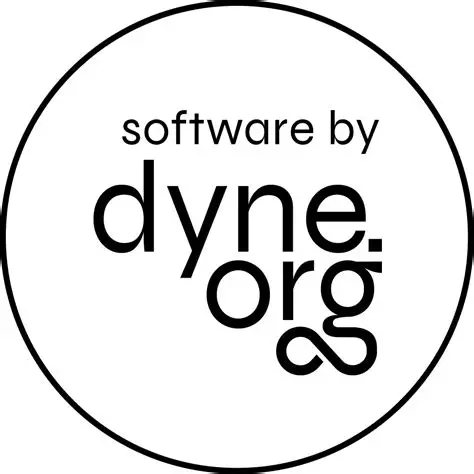Zenflows is a tool to leverage commons-based peer production by documenting and monitoring the life cycle of products. The goal is that of enabling a federated network of organizations to bundle, systematize and share data, information and knowledge about physical artifacts.
This repository contains the cryptographic functions used in Zenflows.
Zencode is executed by the Zenroom VM running inside a crypto-provider micro-service locally reachable by Zenflows.
The language documentation is found on dev.zenroom.org.
The src directory contains scripts called by the running Zenflows instance.
The test directory contains unit tests (single scripts tested in local) and integration tests (shell scripts that call zenflows staging instances to test its api).
Below are detailed the most complex crypto exchanges taking place in Zenflows.
sequenceDiagram
autonumber
participant U as 🤓User
participant C as 📱Client
participant S as Server
S->>S: Configured with secret salt
C->>U: Greets, asks email, name and challenges
U->>C: Answers email, name
C->>+S: Sends name and email to server (ASAP)
S->>S: Verifies email is not a duplicate
S->>S: Compute HMAC of email with secret salt
S->>-C: Sends HMAC (ASAP)
U->>C: User provides answers to challenges
C->>C: Generate SEED with PBKDF of HASH(answers) with HMAC
C->>S: (Optional) Generate KDF dictionary of individual answers
C->>C: Generate public keys from SEED
C->>S: Sends public keys
- 1: Secret salt is generated at server install and saved as an HEX string in its configuration
- 2: Interactive GUI poses all questions in one page: email, name and 5 challenges
- 4: As soon as User answers name and email, reactive page sends them to server (ASAP)
- 7: As soon as Client receives HMAC the Submit button is green
- 8: May happen in parallel while Client and Server are handshaking the HMAC (ASAP)
- 9: May need User confirmation that the answers given to challenges are OK
- 10: Useful to facilitate seed recovery: the server can check validity of single answers
- 12: Start with EDDSA public keys, seed is reused for more key types when needed
Detail of each query
Uploader Agent is known by the Server and Client signs this query
UploadRequest {
hash: Url64! # sha512
name: String!
description: String
date: DateTime
mimeType: String!
extension: String!
size: Integer! # bytes
}
Server is known to Storage and signs this query
The eddsa_pk is the one associated to the Client Agent who has made the Upload Request
UploadWindow {
eddsa_pk: Base58!
expiry: DateTime! # decided by Server
{ File:: } # sent by Server
}
The Client is unknown to storage, its public key was communicated by the Server
Upload {
hash: Url64! # header
signature: Base58! # header
bin: Base64! # multi-part body
}
The Storage will end up saving this data associated to a hash in url
File {
hash: Url64! # sha512
name: String!
description: String
date: DateTime
uploadDate: DateTime! # Storage fills after upload
mimeType: String!
extension: String!
size: Integer! # bytes
bin: Base64!
}
Upload sequence to the File Storage service (same server or separate CDN)
sequenceDiagram
autonumber
participant C as 📱Client
participant S as 🐧Server
participant F as 💽Storage
C->>S: Mutate (GQL) requesting upload of File::
S->>S: Associate uploader Agent to public key (::eddsa_pk)
S->>F: Marks File:: plus ::eddsa_pk accepted for upload on ::expiry
C->>F: Upload ::bin in body with ::hash ::signature in header
F->>F: Check ::hash ::signature and ::size
C->>F: Allow upload until ::size
F->>F: Check matching ::hash of uploaded ::bin
F->>C: Serve File::bin as :mime content of ::hash URI
- Clients can make signed mutations on servers containing the File field detailed above
- Servers signs a message to Storage about hash and size as accepted for upload (expiry)
- Clients may upload to Storage the content of File of declared size at any later time (expiry), upload is made in multi-part and header with hash is content-disposition
- Storage checks if hash and size are accepted for upload
- Storage may abort the upload or allow it reading data only until size
- Storage checks hash of uploaded data
- Storage saves the data as File::bin and serves it on HTTP GET as File::hash
The only authenticated communication happens between Client and Server and between Server and Storage, not between Client and Storage.
The Storage has the public key of the server, not that of clients, which simplifies key exchange.
Any Client may hit the upload API endpoint of Storage without signaing, verification is made on expiring key/value of hash and size.
Zenflows crypto
Copyright (c) 2021-2022 Dyne.org foundation, Amsterdam
This program is free software: you can redistribute it and/or modify
it under the terms of the GNU Affero General Public License as
published by the Free Software Foundation, either version 3 of the
License, or (at your option) any later version.
This program is distributed in the hope that it will be useful,
but WITHOUT ANY WARRANTY; without even the implied warranty of
MERCHANTABILITY or FITNESS FOR A PARTICULAR PURPOSE. See the
GNU Affero General Public License for more details.
You should have received a copy of the GNU Affero General Public License
along with this program. If not, see <http://www.gnu.org/licenses/>.

